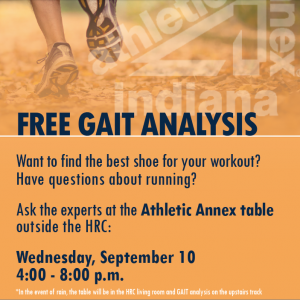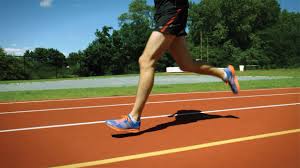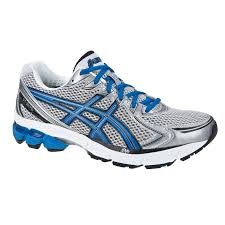
When thinking of switching up my shoes, I often ask my runner friends which shoe they would recommend before going to try some on. The truth is, I get mixed feedback, telling me to either “go minimal” or “stick with a more structured shoe.” Although the advice might be good, I have learned (the hard way) you have to listen to what your feet tell you. One of the first questions you must ask yourself is what kind of striker you are — it’s pretty self-explanatory but here is an overview that may help you decide what type of running shoe you might need. Disclaimer: shoes can assist you with your strike, but it is up to you to work on/correct your form and posture, as well as find areas of overcompensation that might be affecting your gait pattern.
1. Midfoot Strike — most efficient form of striking; you land in the middle “arch area” of your foot, where the whole foot comes down as quickly as possible, lowering your risk for injury. This is what we runners want!
2. Heel Strike — you strike the ground on your heel, with the rest of your foot following through up to the toes.
3. Forefoot Strike — you run on your tip toes (common for pronators!)
For a quick overview on these strike patterns, click here for the video.
So now that we are more familiar with different strike patterns, what shoes should we go for?
An article by Backcountry Apparel and Gear guided me through the pros and cons of both traditional and minimalist shoes. Here were some of my “takeaways:”
A traditional shoe or shoes with more cushioning help protect runners’ feet from hard surfaces like asphalt or concrete. They can help those who pronate (roll feet inward) or absorb the contact of a heel-strike. This style of shoe has also been around longer, and many runners claim they have been using them for years, injury free. Personally (as pictured above), I choose a more structured, traditional shoe because that is what I am used to. I love my Asics Gel-Keyanos, but someday it might be worth looking into to make the switch!
A minimalist shoe or shoes with less cushioning and more space allowing the toes to spread helps to prevent runners from heel striking (and therefore reduce injury). In contrast to the traditional shoe, they put less weight on the foot, allowing the runner to run more comfortably for longer periods of time. Advocates for this shoe often recommend you read the novel “Born to Run” by Chris McDougall before buying a pair. Runners new to this shoe must also be willing to spend additional time getting used to the shoe before moving into the “training” phase.
If you would like to read more about the different types of shoes, click here.
Source: Jensen, C. (2012, May 12). Minimalist vs. traditional running shoes. Retrieved from backcountry.com website: http://www.backcountry.com/explore/minimalist-vs-traditional-running-shoes
So, which shoe to choose? Follow your feet! Don’t forget guys there is a FREE Gait Analysis this Wednesday at 4-8 p.m.!! Check it out!




